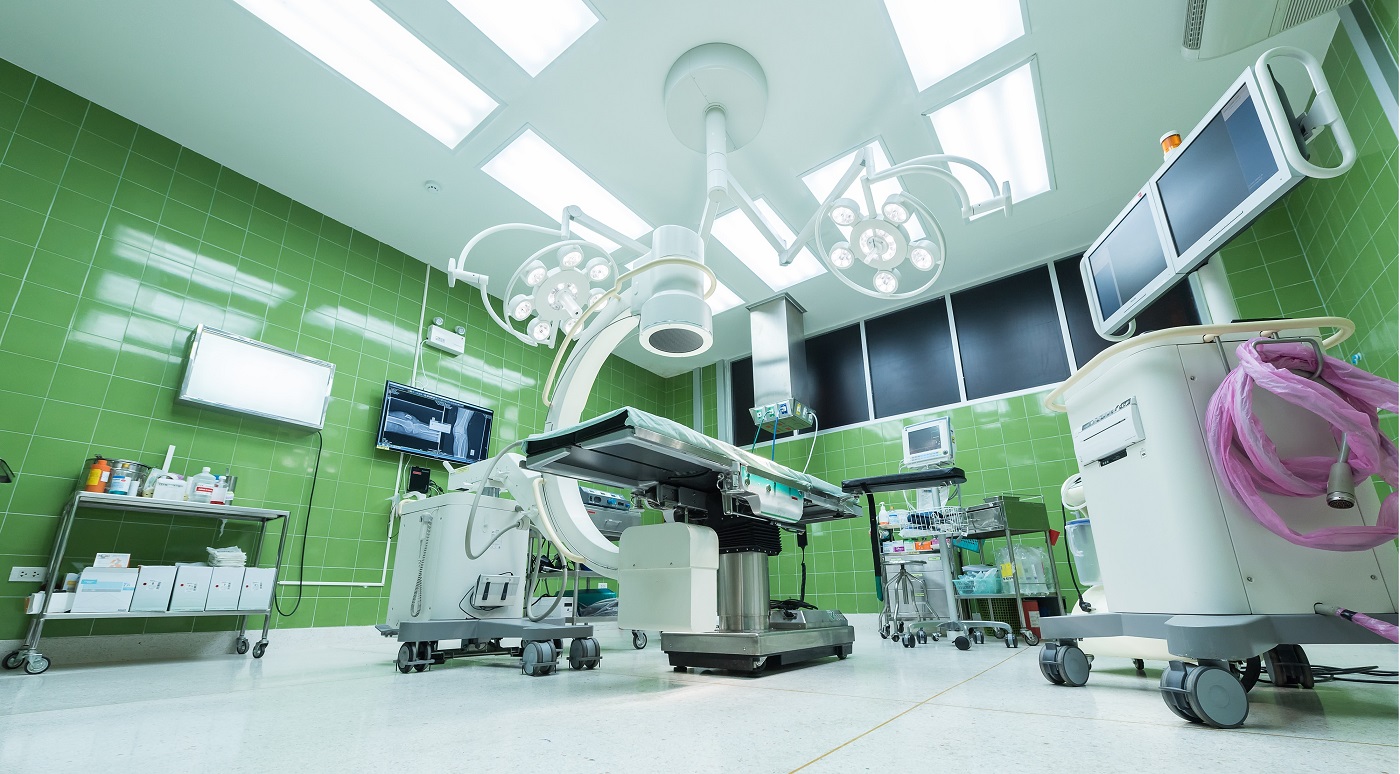
Thousands of Americans die needlessly each year because they had no access to relatively inexpensive and user-friendly life-saving equipment. In March of 1999, the New Jersey Legislature determined that more than 350,000 Americans die annually from out-of-hospital sudden cardiac arrest. The American Heart Association estimated that almost 100,000 such deaths could be prevented each year if automatic external defibrillators (AEDs) were more widely available. AED refers to a medical device heart monitor and defibrillator that, upon determining that cardiac arrest has occurred, automatically charges and delivers an electrical impulse to the victim’s heart (hopefully restarting it). Because the AED monitors the heart and determines if defibrillation is needed, people who are not medical professionals can be easily trained to use them.
The Legislature also determined that many New Jersey communities have invested in 911 emergency telephone equipment, ambulances and the training of emergency personnel. However, not all emergency personnel have been trained in or have immediate access to AEDs. Legislation was passed to encourage greater acquisition, deployment and use of AEDs by emergency personnel and other trained personnel throughout the state. The AED law has been of particular interest at “55 and over” communities, some of which have purchased AED equipment and implemented life-saving programs. AED’s have also been appearing at golf course club houses and shopping malls.
While AEDs do much of the “thinking” for an operator, the AED law has important acquisition, maintenance and training requirements. Before an AED can be purchased, the person or entity acquiring the AED must show a “prescribing licensed physician” that it has a protocol in place to comply with the AED law. The AED equipment must be maintained and tested according to the manufacturer’s guidelines. Certain emergency medical services providers in the region must be notified of the existence, type, and location of the equipment and all operators must meet certain training requirements. An AED operator must successfully complete and hold a current certification from the American Red Cross, American Heart Association or other training program in cardio-pulmonary resuscitation and use of a defibrillator which is recognized by the Department of Health and Senior Services. Professional medical assistance must always be obtained after use of an AED, however it is wise, if possible, to put out a call for help immediately so that help will be on the way while the AED is being used. Other requirements are set forth in the AED law.
In order to encourage the use of AED equipment in an emergency and remove operators’ fears about being sued after a bad outcome resulting from a life-saving attempt, the Legislature instituted certain immunities and limited civil liability. As long as the AED was acquired or provided, or the emergency care was rendered or supervised in good faith, and compliance with the AED law can be demonstrated, there should be immunity from civil liability for any resulting personal injury. However, there is no immunity for acts of gross negligence or willful or wanton misconduct; failure to use the AED is not considered gross negligence or willful or wanton misconduct absent an otherwise pre-existing duty to do so.
In light of the AED law, purchase, installation and use of an AED is not tremendously cumbersome however, specific requirements must be met – especially to qualify for the immunity provided by the law. Associations (and others) which may want to implement an AED life-saving program should contact their attorneys to ensure that all aspects of the law are met. An association must also contact its insurance carrier and advise of its intentions with respect to use of an AED. An additional policy endorsement with an additional premium may be required. Further, if Association management is to be trained to use the AED, the management company should consult its own legal counsel, as it may affect some of its business and insurance decisions.
In the end, AEDs or “do it yourself” defibrillators are a life saving tool that can provide immediate assistance when minutes can be the difference between life and death. AED equipment and policies must be implemented carefully however to avoid liability exposure that could be very large.


